Today, I set out with Koji-San for the Memorial Peace Park in Hiroshima, dedicated to the remembrance of the first atomic bombing carried out in human history.
 |
| For many reasons, the peace-sign seemed the most appropriate gesture at the time. |
I have at this point seen the unspeakably beautiful architecture of Shinto shrines and Buddhist temples, however the approach toward the Atomic Bomb Dome in Hiroshima, though no less breathtaking, takes on a remarkably different character.
Tragedy. Loss. Senselessness.
These and more radiate through the shattered skeleton of the haunting structure. And yet, the grounds are filled with a deeply peaceful, almost apologetic nature.
Is it an apology to the viewer, for reminding them of something so painful?
Is it an apology to the numberless thousands who perished in that terrible flash?
To the countless more who suffered, and still suffer, in the holocaust of war?
Or to the world itself for what we have done—and what we have not done?
Doves circle in flocks around the peaceful ruins which stand in silent testament at the epicenter of the first atomic attack the world has ever known.
Scorched concrete and mangled steel rise above rubble, closed off behind an iron gate.
As I read the message that this dome will stand here forever, exactly as it was immediately after the explosion, the first waves of tears well up in my eyes. They would be the first of many which I would struggle with this day.
However, unwilling to embarrass Koji-San by sobbing like a baby, particularly in a culture as reserved as the Japanese, I struggle to circumvent his inevitable embarrassment by hiding my tears.
The grounds where the Peace Dome stands are now a beautiful park, situated at the hypocenter of the explosion which leveled the city.
As we walk together, my one and a half years of Japanese leave me with no vocabulary capable of expressing to Koji-San my feelings. “Kanashii desu…” I utter, meaning “sad, sorrowful.”
Then resorting to my phone’s dictionary, I type in an English word and point to the translation. “Hijyoushiki,” it says, “senselessness, thoughtlessness, irrationality, absurdity…” Koji-San nods and repeats the word. Even had I a perfect command of the language, there in that moment, I doubt that I could have said more.
Across a bridge stands the children’s monument, dedicated to the youngest who died that day; who perished from radiation; and who, many years later, suffered defects from the first days of their lives, having been born from women who had survived the blast, only to see the atomic shadow in the faces of their sons and daughters.
In Japan, paper cranes are a symbol of peace, and it is said that one who makes a thousand paper cranes will have their wish granted.
The Children’s Peace Monument was inspired by a young girl who, poisoned with radiation, folded a thousand cranes on her hospital bed wishing only to become well. Though she perished, her memory survives, embodied in this monument, surrounded by thousands upon thousands of paper cranes folded by millions of children from around the world.
A young girl prances beneath the memorial, laughing with her brother. Their mother calls to them, and they gather before the monument. She rings the bell, and together they pray in silence.
We walk a little further, and here find a final epitaph—a symbolic coffin containing a scroll recording the names of every person known to have suffered from radiation poisoning due to atomic weapons.
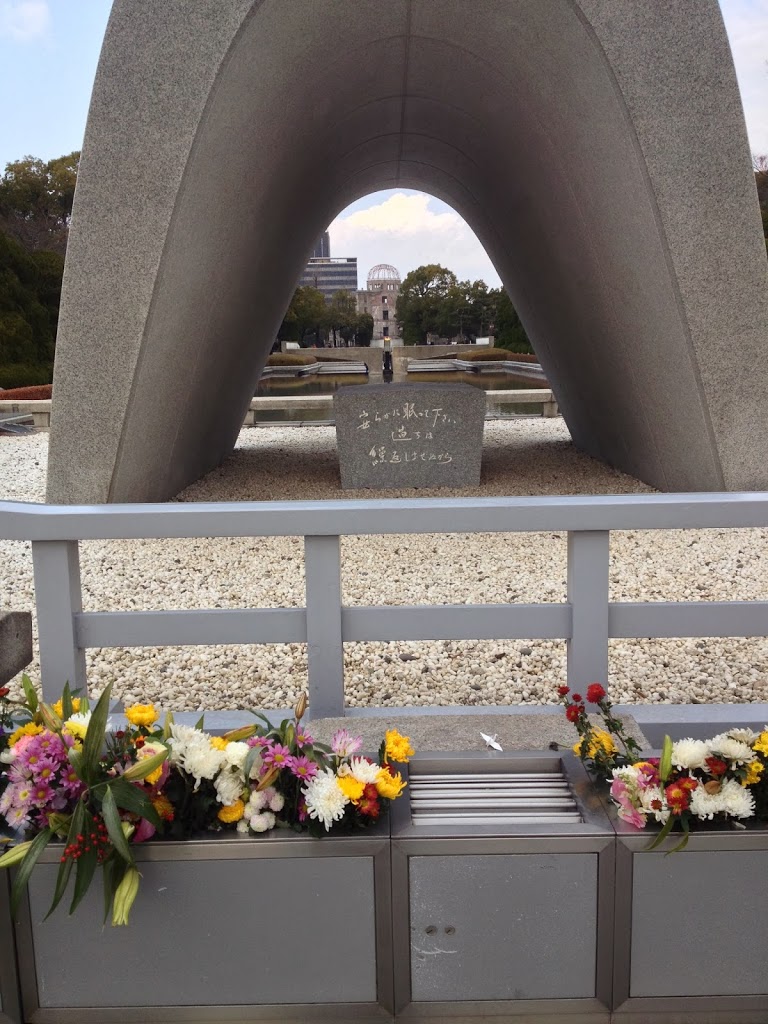 |
| “Let All The Souls Here Rest in Peace; For We Shall Not Repeat The Evil.” |
Just beyond the archway burns a torch, and behind that, the skeleton of the Dome—forever frozen in a moment of darkness. Forever peering back across distance, pain, and time.

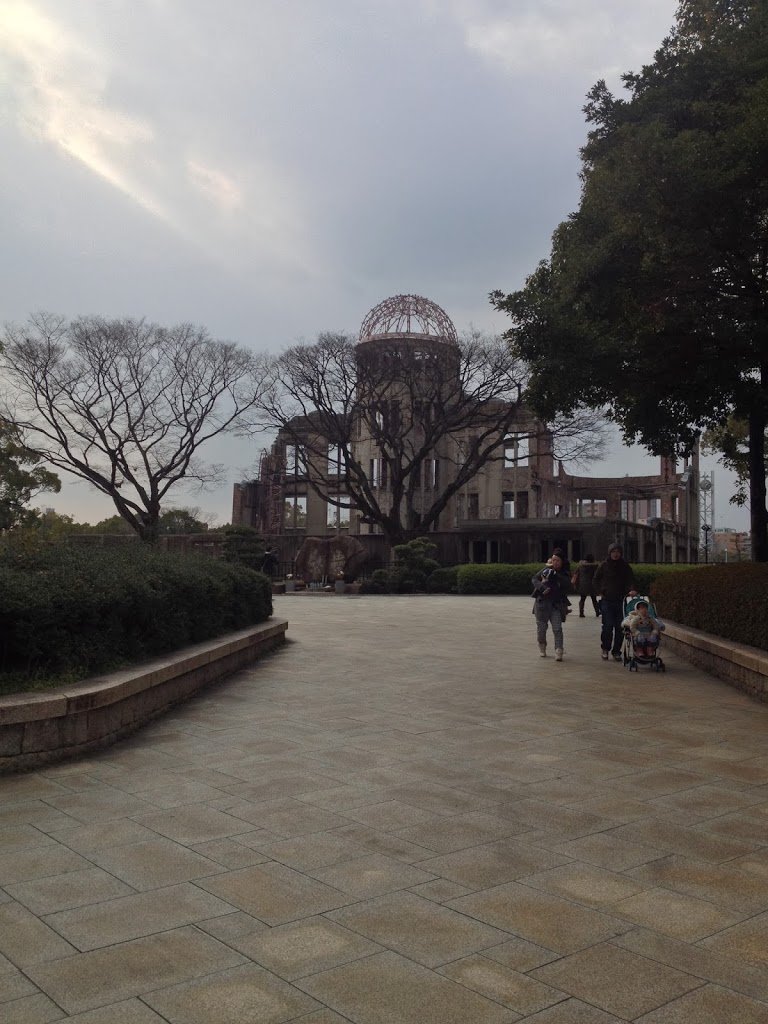
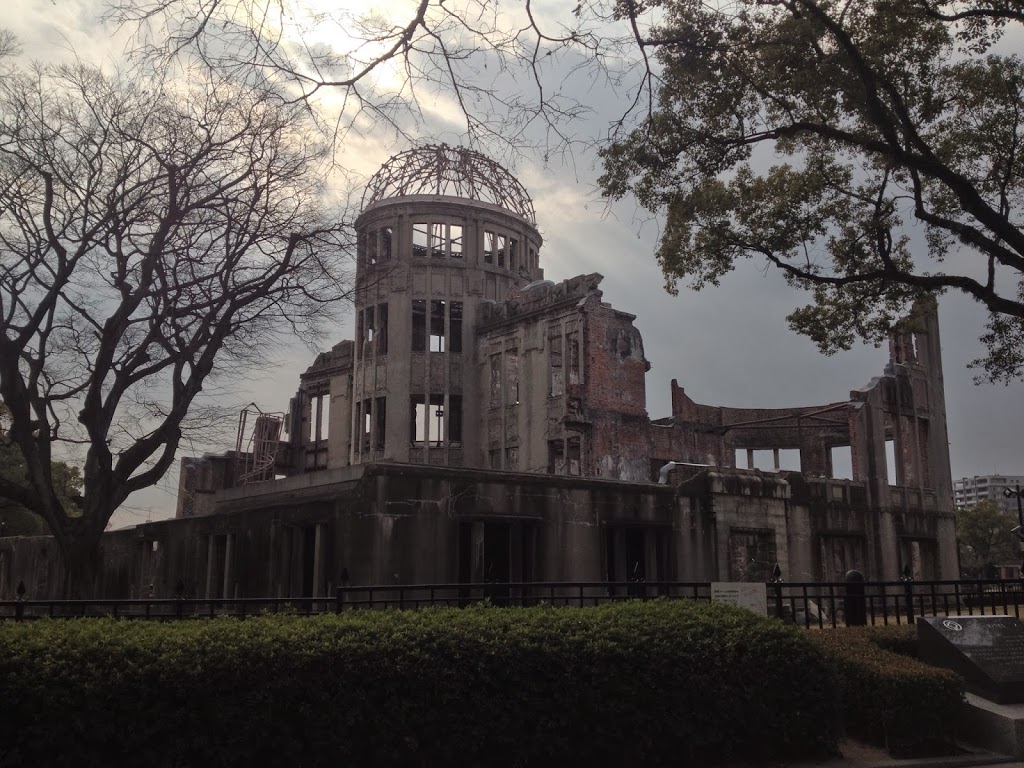
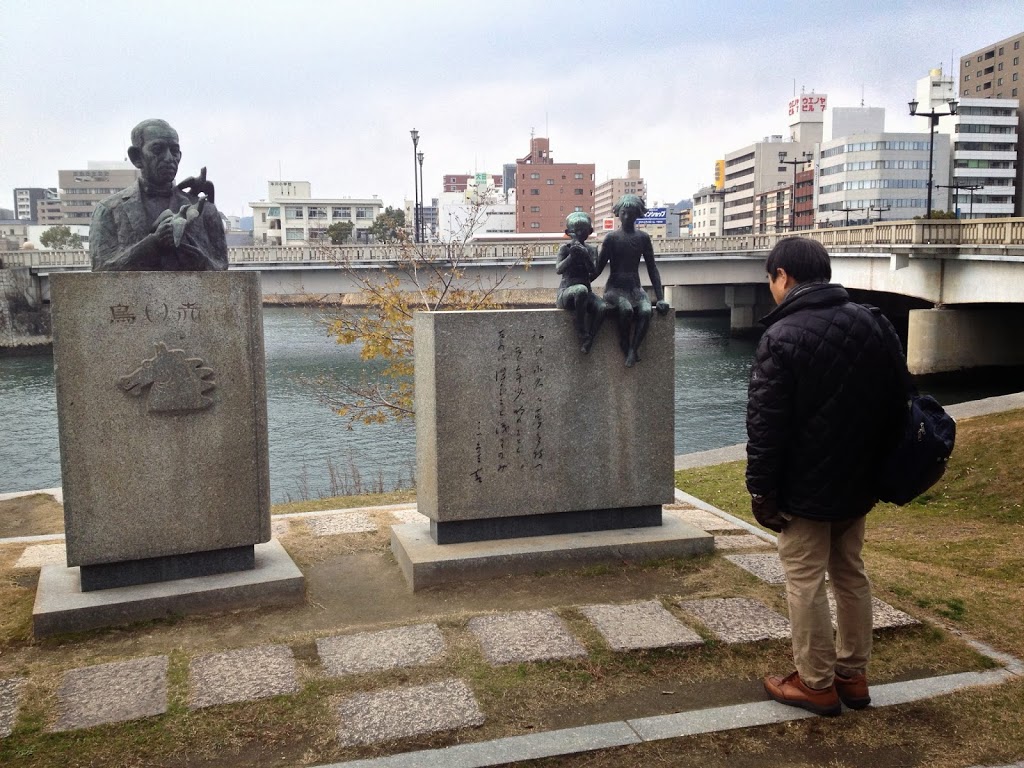

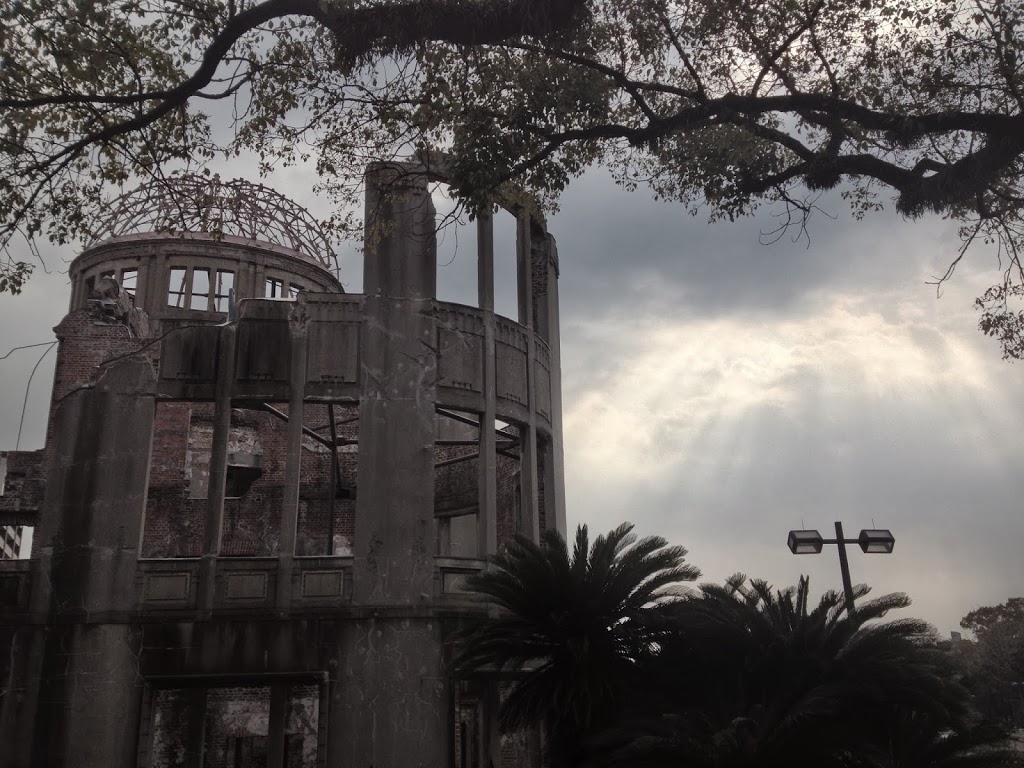
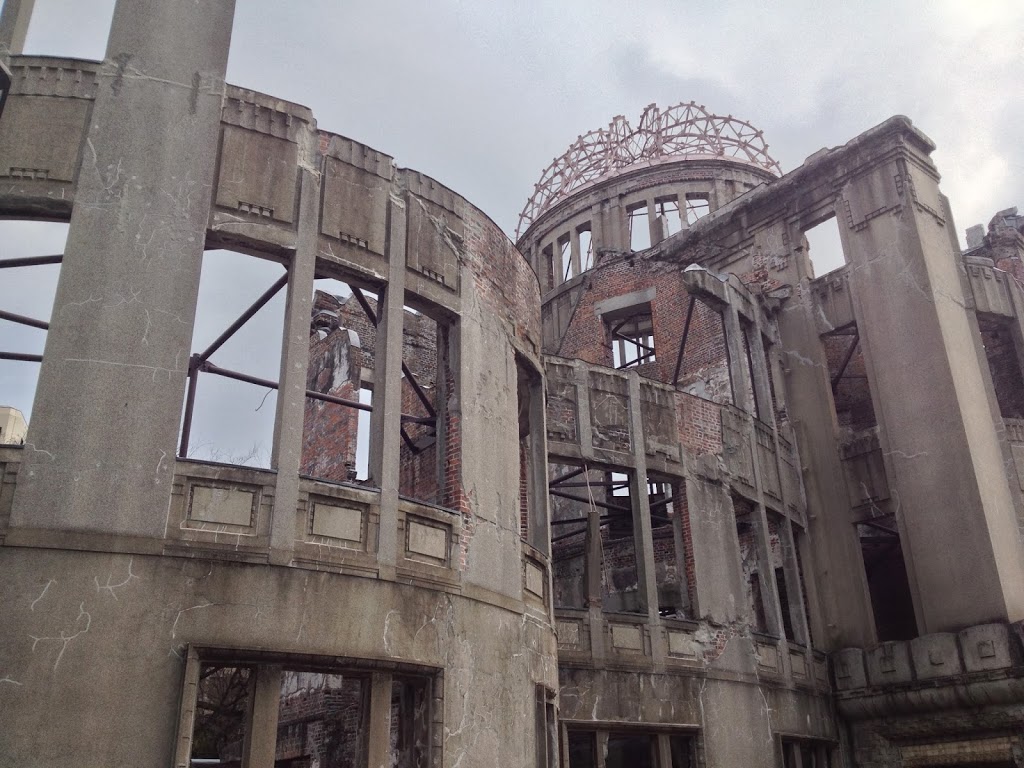
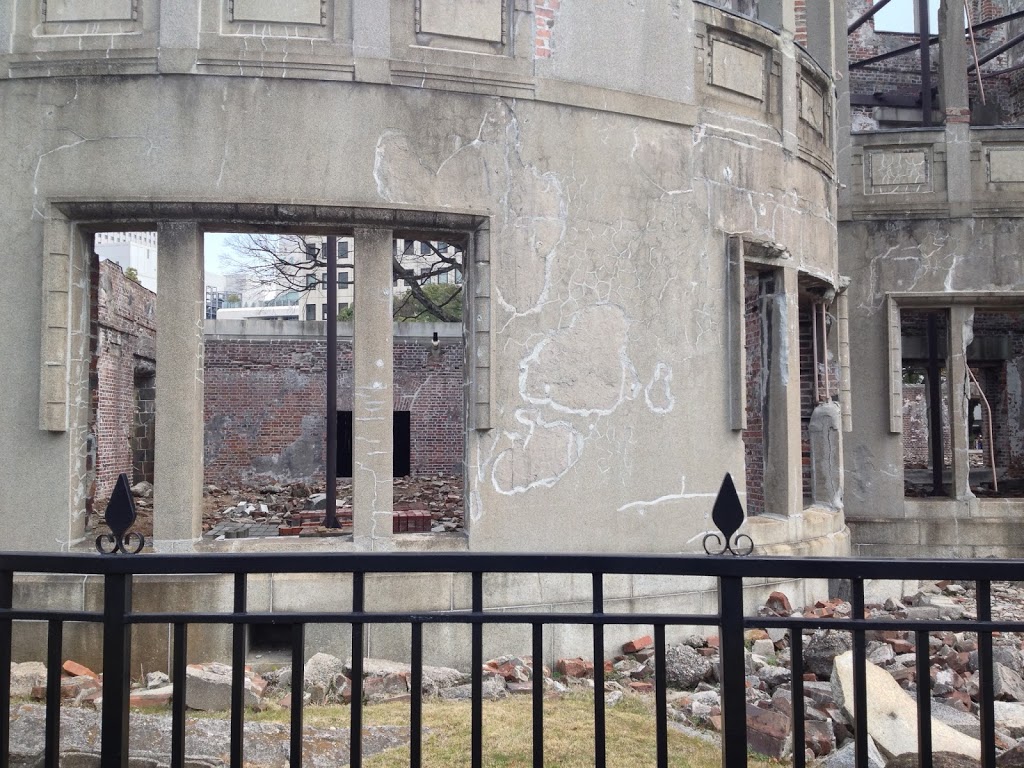
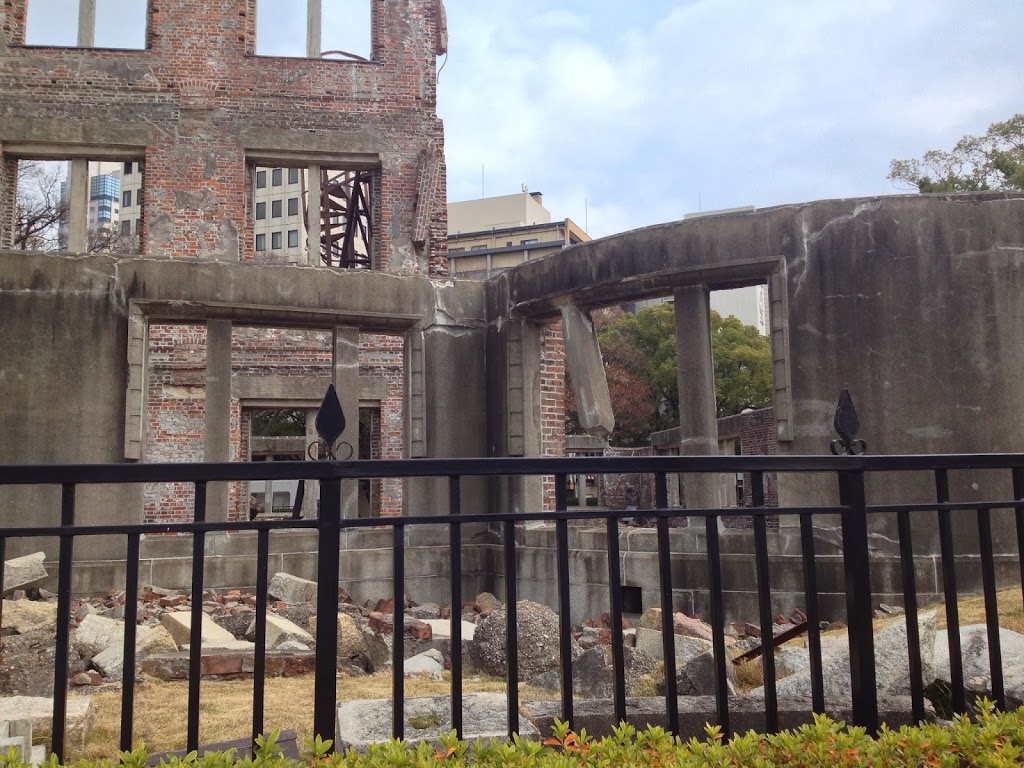
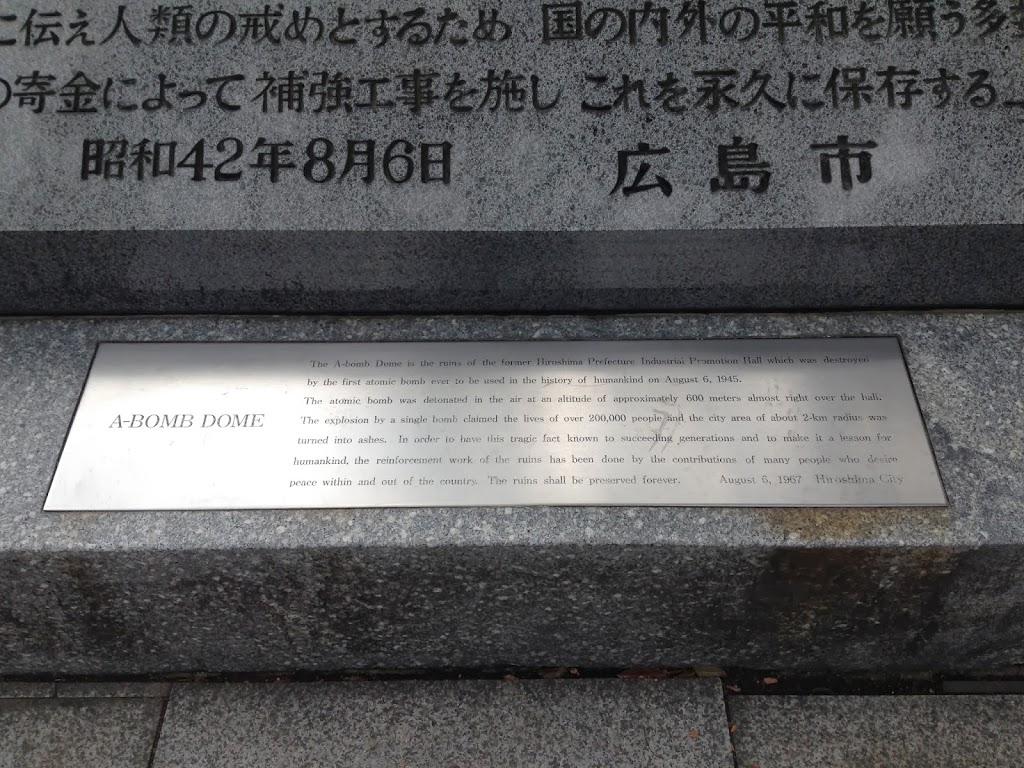
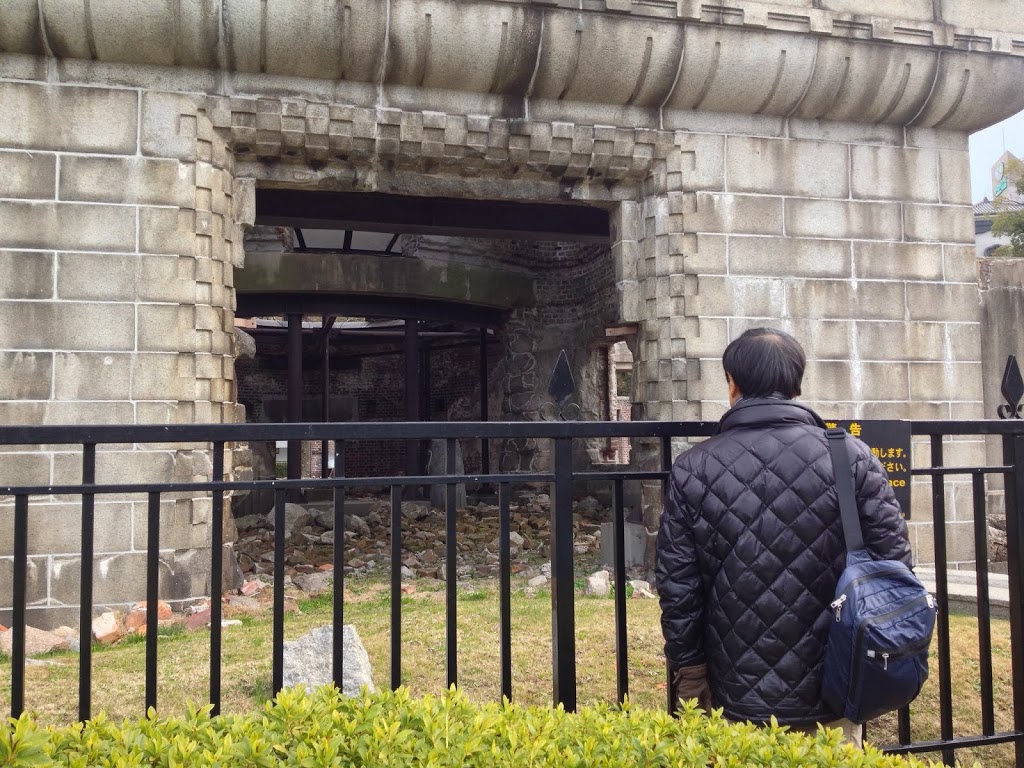
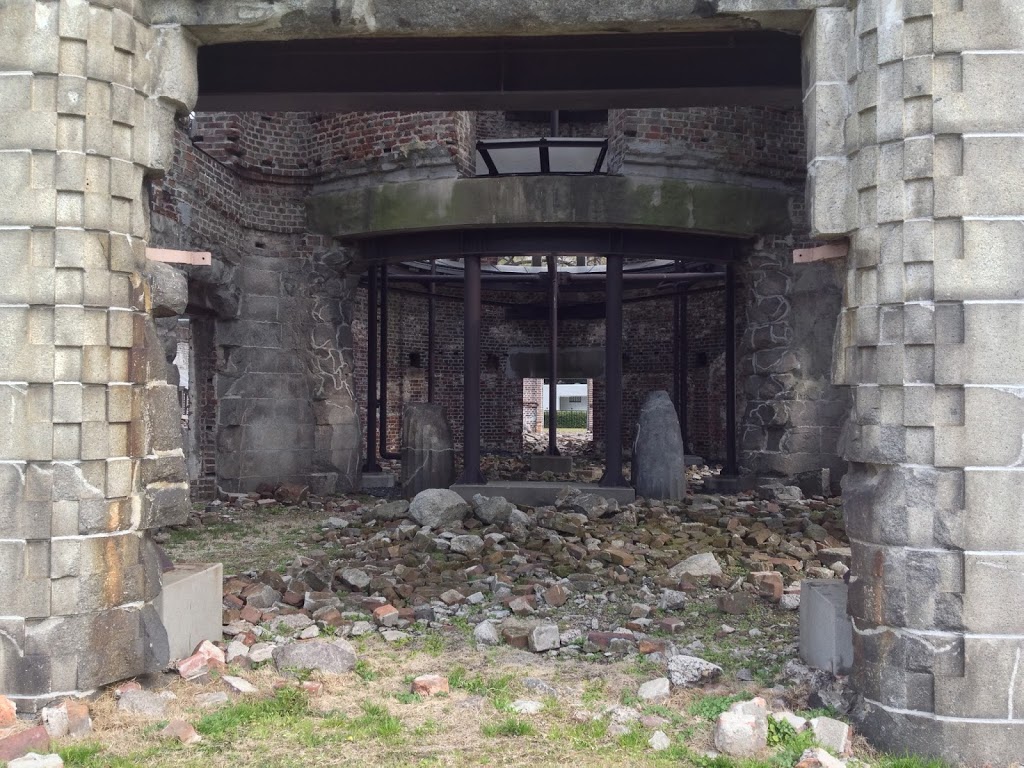
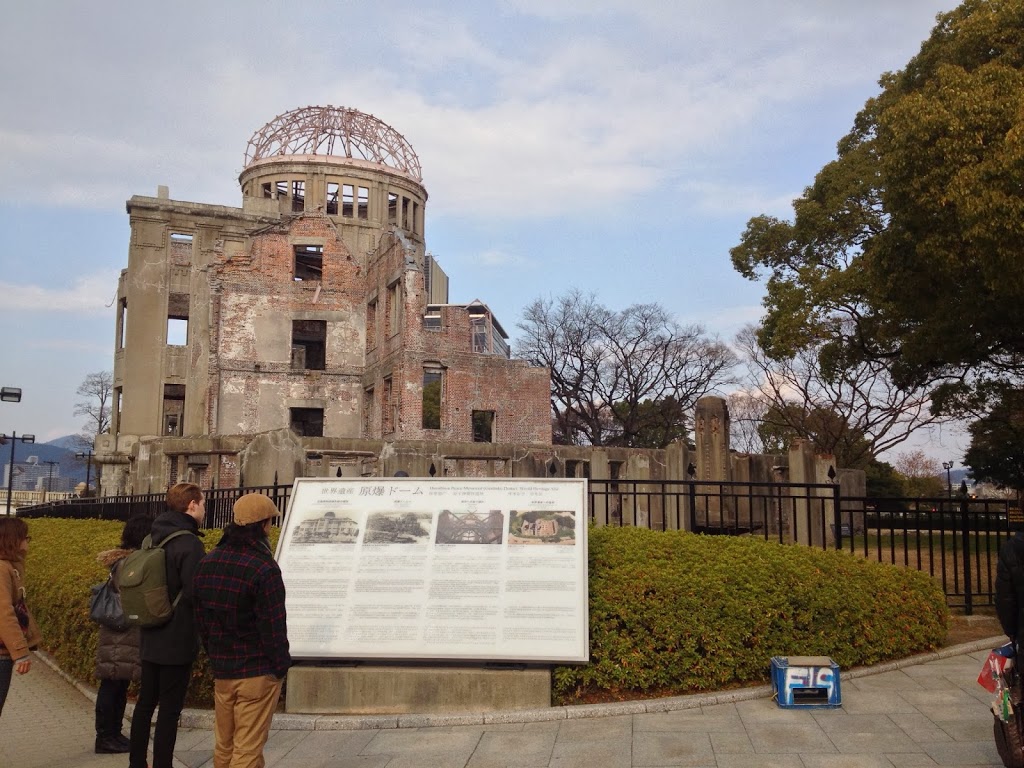
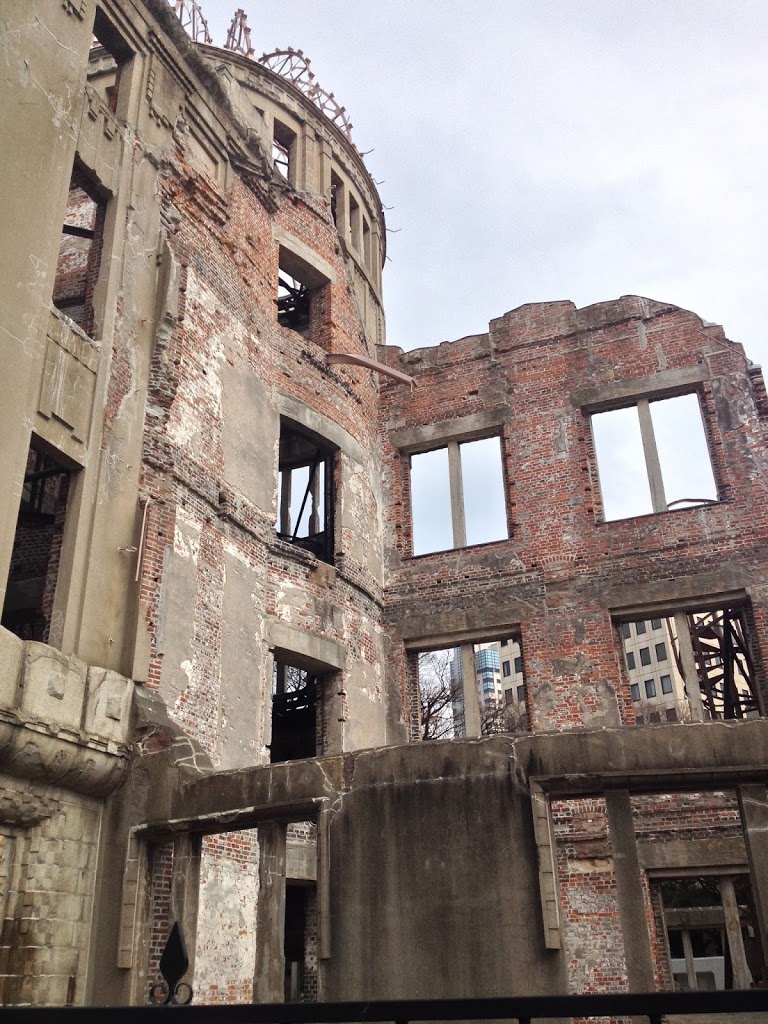
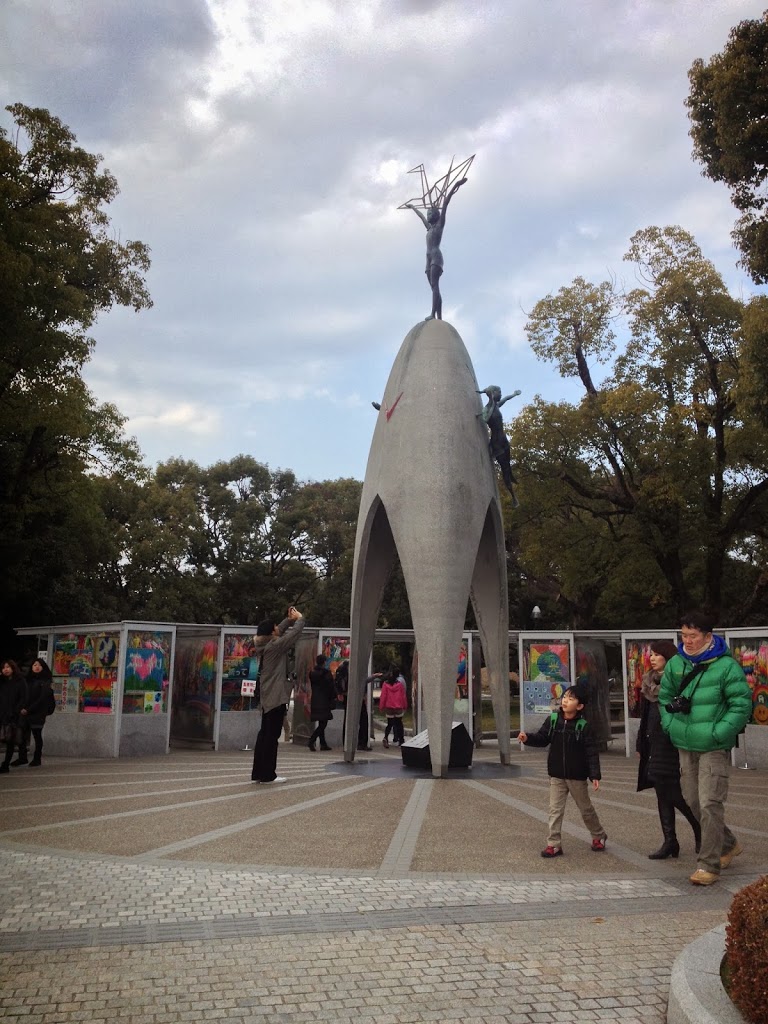
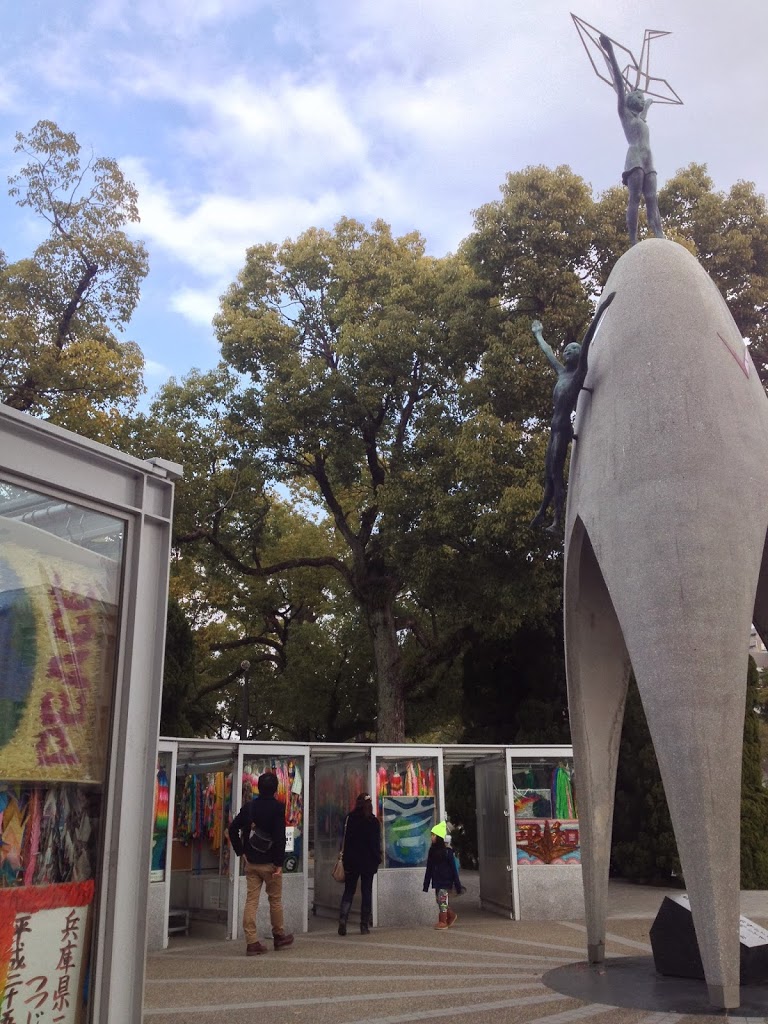
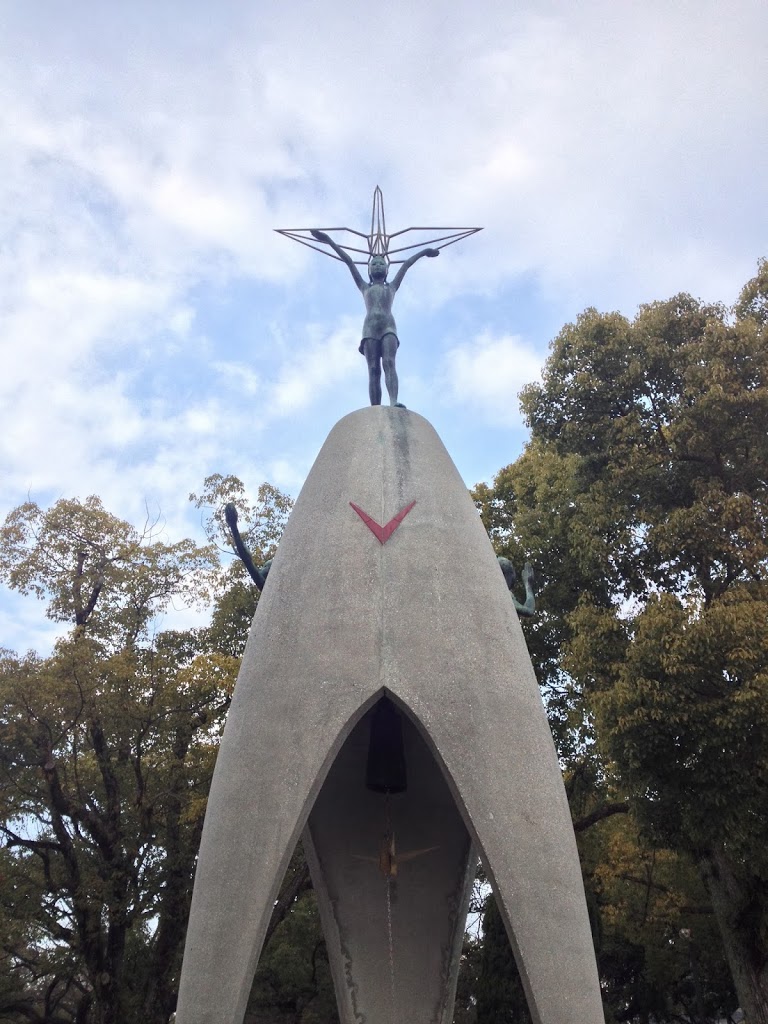
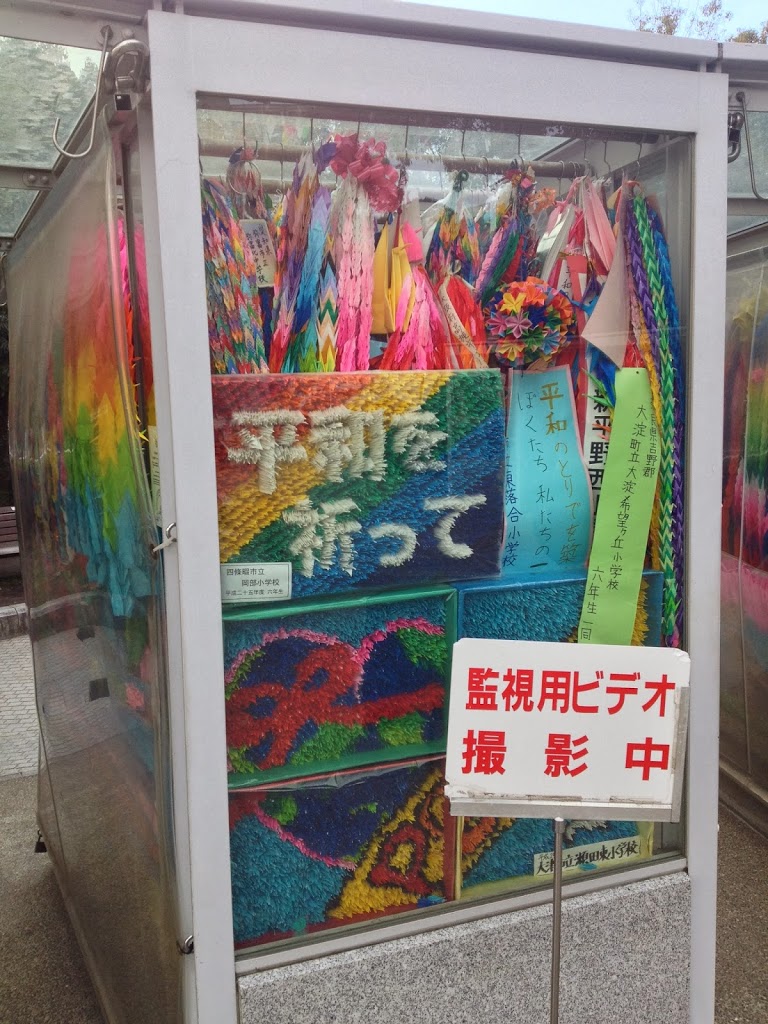
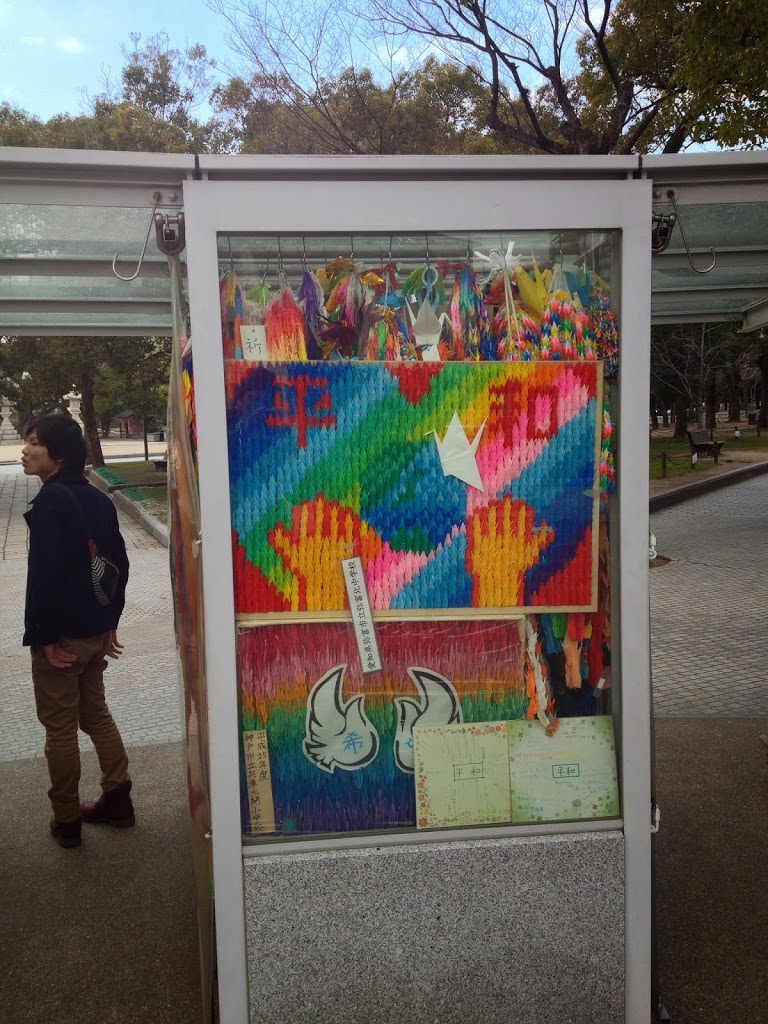
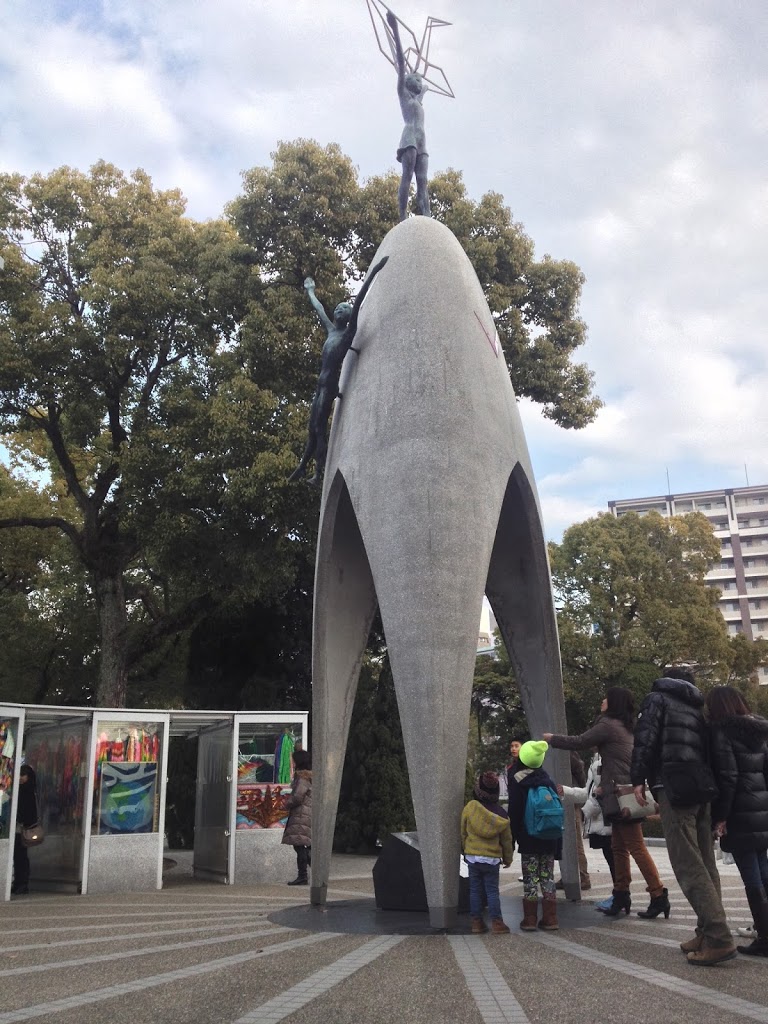

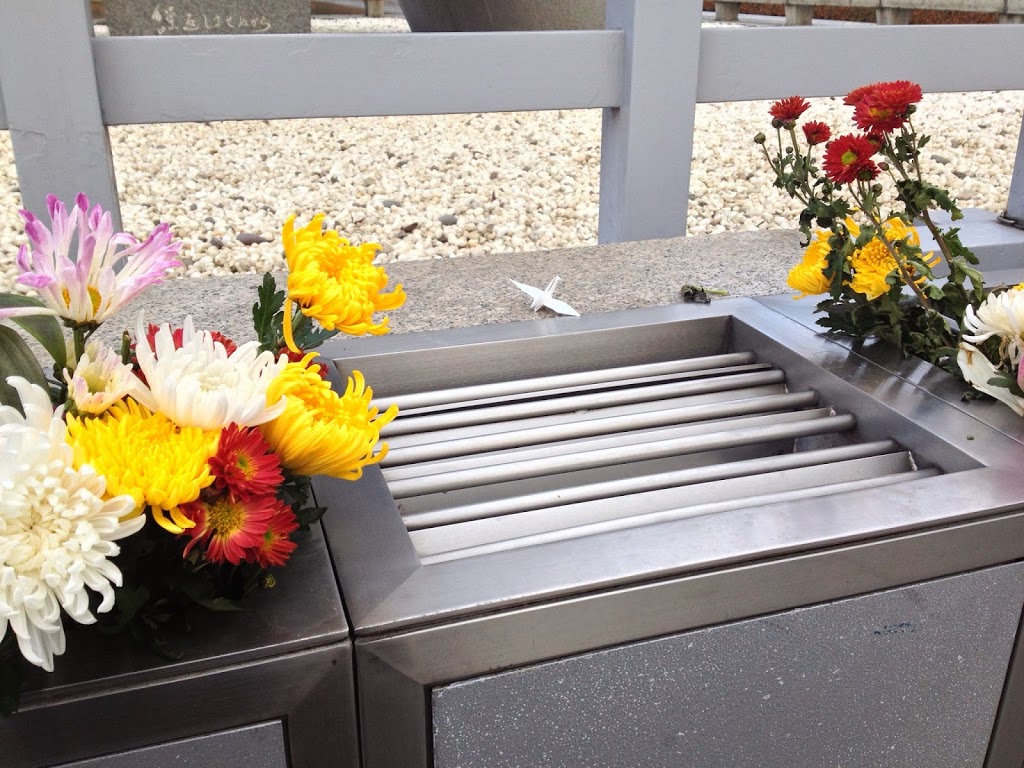
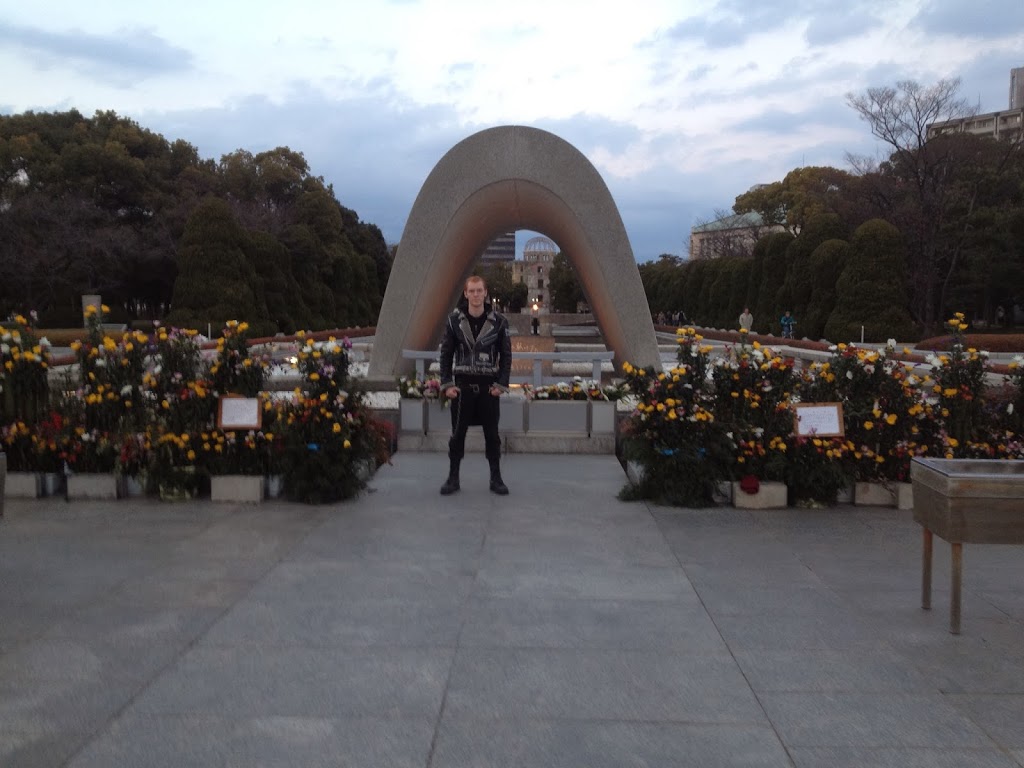

0 comments on “A Thousand Paper Cranes” Add yours →